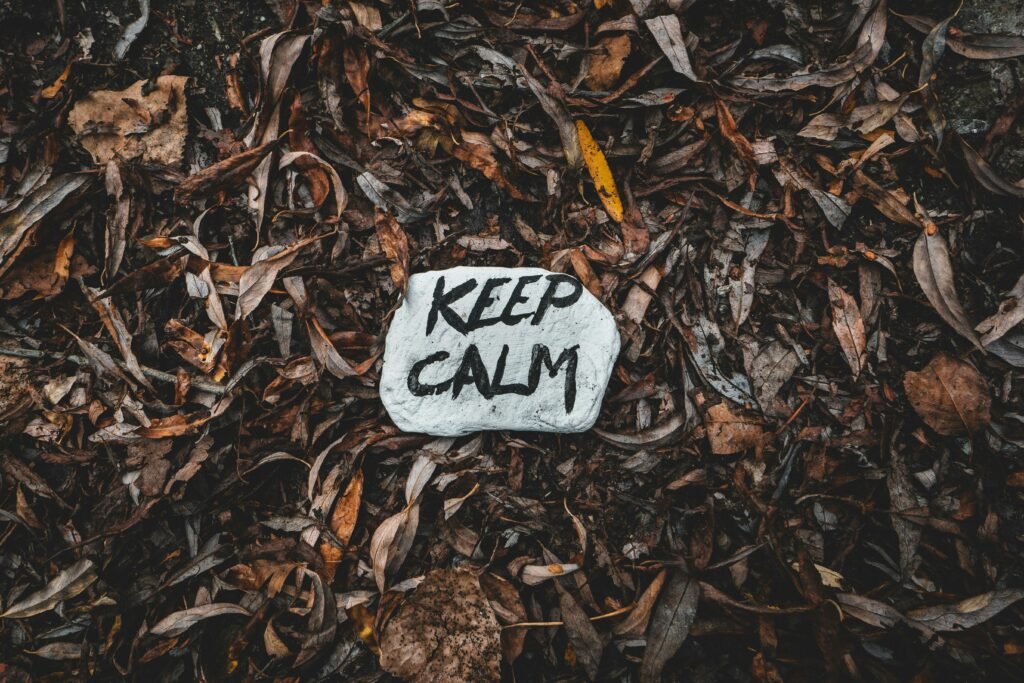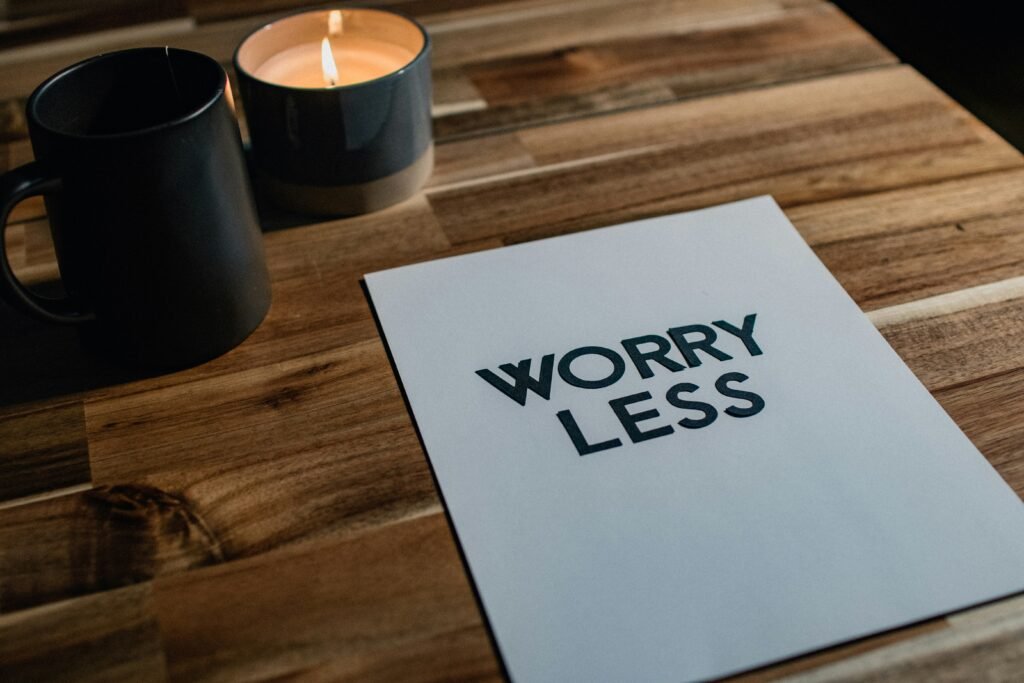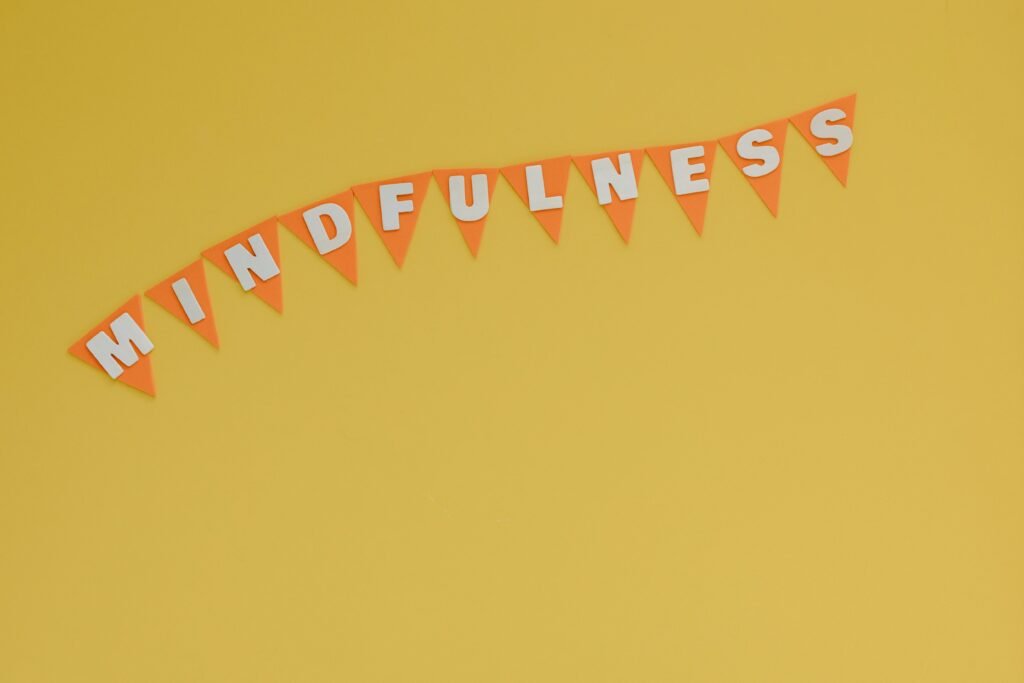If you’ve ever found yourself overwhelmed with anxiety and wondering if there are any effective ways to find relief, you’re not alone. Anxiety can be a debilitating condition, impacting every aspect of your life. But what if there was a simple practice that could help alleviate some of the symptoms? In this article, we will explore the topic of mindfulness techniques and whether there are specific ones that can provide relief for anxiety. So, if you’re ready to discover a potentially transformative approach to managing anxiety, keep reading.
Understanding Anxiety
Anxiety is a common and normal emotion that everyone experiences from time to time. It is the body’s natural response to stress or perceived threats. However, when anxiety becomes excessive or overwhelming, it can greatly interfere with a person’s daily life and well-being. Anxiety disorders are a group of mental health conditions characterized by excessive worry, fear, and apprehension.
What is Mindfulness?
Mindfulness is a practice that involves bringing one’s attention to the present moment in a non-judgmental and accepting way. It is about being fully aware of what is happening in the present moment, both internally and externally, without getting lost in thoughts or judgments. Mindfulness is often associated with meditation, but it can also be applied to everyday activities such as eating, walking, or even doing chores.

The Benefits of Mindfulness for Anxiety Relief
Mindfulness has been widely recognized and studied for its benefits in reducing anxiety and promoting overall well-being. By cultivating awareness and acceptance of one’s thoughts, feelings, and bodily sensations, mindfulness allows individuals to relate to their anxiety in a more compassionate and less reactive manner. Here are some of the key benefits of mindfulness for anxiety relief:
-
Stress reduction: Mindfulness helps to lower stress levels by reducing rumination and promoting relaxation responses in the body. It allows individuals to step back from anxious thoughts and observe them with a sense of curiosity rather than getting caught up in them.
-
Emotion regulation: Mindfulness enhances emotional awareness and regulation, allowing individuals to respond to anxiety-provoking situations with greater clarity and composure. By developing a non-judgmental attitude towards emotions, individuals can better manage their anxiety and prevent it from escalating.
-
Increased self-awareness: Through mindfulness, individuals become more attuned to their internal experiences, including the physical sensations and thoughts associated with anxiety. This heightened self-awareness enables individuals to identify triggers, patterns, and unhelpful coping mechanisms, empowering them to make conscious choices to reduce anxiety.
-
Improved focus and concentration: Anxiety often leads to racing thoughts and difficulty concentrating. By practicing mindfulness, individuals can train their minds to focus on the present moment, reducing the tendency to get lost in worries or distractions.
-
Enhanced overall well-being: Mindfulness promotes an overall sense of well-being by fostering self-compassion, acceptance, and gratitude. It helps individuals cultivate a positive mindset and develop a deeper appreciation for the present moment, leading to greater contentment and happiness.
Mindfulness Techniques for Anxiety Relief
There are various mindfulness techniques that can help alleviate anxiety. It is important to find the techniques that resonate with you and incorporate them into your daily life. Here are ten effective mindfulness techniques for anxiety relief:
1. Deep Breathing
Deep breathing is a simple yet powerful mindfulness technique that can instantly calm and center your mind. By focusing on your breath, you bring your attention to the present moment and activate the body’s relaxation response. Take slow, deep breaths in through your nose, filling your lungs, and then exhale slowly through your mouth. As you inhale and exhale, notice the sensation of your breath and any tension or sensations in your body.
2. Body Scan Meditation
Body scan meditation involves systematically observing and exploring each part of your body with a non-judgmental and curious attitude. Start by taking a few deep breaths and then bring your attention to your toes. Slowly move your attention up your body, noticing any physical sensations or areas of tension. As you scan your body, gently release any tension and bring a sense of relaxation and ease to each body part.
3. Grounding Techniques
Grounding techniques are helpful when anxiety causes you to feel disconnected or overwhelmed. These techniques involve focusing on your present surroundings and engaging your senses. For example, you can touch various textures, listen to calming sounds, or observe the colors and shapes around you. By grounding yourself in the present moment, you can reduce anxiety and increase a sense of stability.
4. Mindful Walking
Mindful walking is a practice of bringing your attention and awareness to each step and sensation as you walk. Pay close attention to the sensations in your feet, the movement of your legs, and the rhythm of your breath. Notice the sights, sounds, and smells around you. Walking mindfully can help redirect your focus away from anxious thoughts and bring you into the present moment.
5. Loving-Kindness Meditation
Loving-kindness meditation involves cultivating feelings of love, compassion, and kindness towards oneself and others. Begin by finding a comfortable position and visualize someone you deeply care about. Silently repeat phrases of well wishes for them, such as “May you be happy, may you be healthy, may you live with ease.” Gradually extend these well wishes to yourself, loved ones, neutral individuals, and even difficult people. This practice can promote feelings of interconnectedness and reduce anxiety.
6. Journaling
Journaling is a mindfulness practice that allows for self-reflection and expression of thoughts and emotions. Set aside time to write down your anxieties, fears, or worries without judgment. Explore the underlying causes or triggers of your anxiety and reflect on possible solutions or coping strategies. Journaling can offer a sense of release, clarity, and perspective on your anxiety.
7. Mindful Eating
Mindful eating involves savoring and fully experiencing each bite of food with all your senses. Slow down and pay attention to the taste, texture, and aroma of your food. Notice the physical sensations of hunger and fullness, as well as any emotional cues that may influence your eating. By eating mindfully, you can cultivate a healthier relationship with food and reduce any anxiety associated with eating.
8. Progressive Muscle Relaxation
Progressive muscle relaxation is a technique that involves tensing and then relaxing different muscle groups in your body. Start by tensing a specific muscle group, such as your hands or shoulders, for a few seconds, and then release the tension while focusing on the sensation of relaxation. Move through each muscle group, progressively relaxing your entire body. This technique can help release physical tension associated with anxiety and promote overall relaxation.
9. Visualization Meditation
Visualization meditation involves creating mental images and scenarios that evoke feelings of calmness and peace. Find a quiet space and close your eyes. Imagine yourself in a peaceful and serene setting, such as a beach or a meadow. Visualize the sights, sounds, and smells of this place, allowing yourself to fully immerse in the experience. Stay with this imagery for a few minutes, and notice any feelings of relaxation or tranquility that arise.
10. Mindful Listening
Mindful listening is the practice of fully immersing yourself in the sounds and vibrations around you. Find a comfortable space and tune in to the sounds present in your environment. Notice the different tones, rhythms, and melodies. Let go of any judgments or interpretations and simply observe the sounds as they arise and fade away. This practice can help redirect your focus away from anxious thoughts and promote a sense of calmness.

Choosing the Right Mindfulness Technique
When it comes to mindfulness for anxiety relief, it is essential to choose the technique or combination of techniques that resonate with you personally. Not every technique will work for everyone, so it’s important to explore different practices and see what works best for you. You may find that certain techniques are more effective at different times or in specific situations. Trust your intuition and listen to your body to determine which mindfulness techniques provide you with the most relief from anxiety.
Seeking Professional Guidance
While mindfulness techniques can be beneficial for anxiety relief, it is important to remember that they are not a substitute for professional help. If anxiety is significantly impacting your daily functioning and well-being, it may be beneficial to seek guidance from a mental health professional. They can provide you with additional tools, strategies, and support tailored to your specific needs.

Incorporating Mindfulness into Daily Life
To reap the full benefits of mindfulness, it is important to integrate it into your daily life. While formal meditation practices can be helpful, mindfulness can also be practiced informally throughout the day. Here are some practical ways to incorporate mindfulness into your daily routine:
- Start your day with a few minutes of mindful breathing or a short body scan meditation.
- Take mindful breaks throughout the day to check in with your body and emotions.
- Practice mindful eating by savoring each bite and paying attention to your body’s hunger and fullness cues.
- Engage in mindful walking when you have a few moments, whether it’s during a lunch break or while running errands.
- Use daily activities, such as washing dishes or taking a shower, as opportunities to practice mindfulness by bringing your full attention to the present moment.
Maintaining Consistency in Practice
Consistency is key when it comes to mindfulness practice. Just like any skill, regular practice is essential for building and strengthening mindfulness. Here are some tips for maintaining consistency in your mindfulness practice:
- Set aside a specific time each day for formal mindfulness practice, even if it’s just a few minutes.
- Create a dedicated space for your mindfulness practice, free from distractions and interruptions.
- Use reminders or alarms to prompt you to engage in mindfulness throughout the day.
- Find an accountability partner or join a mindfulness group to stay motivated and committed to your practice.
- Practice self-compassion and remind yourself that it’s okay to miss a session or have days when your mind feels restless. Be gentle with yourself and continue to show up for your practice.

Taking a Holistic Approach to Anxiety Relief
In addition to mindfulness techniques, taking a holistic approach to anxiety relief can further enhance your well-being and resilience. By addressing various areas of your life, you can create a solid foundation for managing anxiety. Here are some holistic strategies to consider:
1. Regular Exercise
Engaging in regular physical activity has been shown to reduce anxiety and improve mood. Find activities that you enjoy, such as walking, running, dancing, or yoga, and incorporate them into your routine. Aim for at least 30 minutes of moderate-intensity exercise most days of the week.
2. Healthy Eating
Maintaining a balanced and nutritious diet can support your mental and emotional well-being. Focus on consuming whole foods, such as fruits, vegetables, lean proteins, and whole grains. Limit your intake of processed foods, sugary snacks, and caffeine, as they can exacerbate anxiety symptoms.
3. Adequate Sleep
Getting enough quality sleep is crucial for managing anxiety. Establish a regular sleep schedule, create a calm sleep environment, and practice relaxation techniques before bed. Avoid stimulating activities, such as electronics or intense exercise, close to bedtime.
4. Stress Reduction Techniques
Incorporate additional stress reduction techniques into your daily routine to complement your mindfulness practice. These can include hobbies, such as painting or gardening, as well as activities like listening to music, practicing deep breathing, or engaging in gentle stretching exercises.
5. Social Support
Cultivating and maintaining strong social connections can provide a sense of belonging and support during anxious times. Reach out to friends, family, or support groups to share your experiences and receive emotional support. Engaging in activities with others can also boost your mood and distract from anxiety.
6. Cognitive-Behavioral Therapy (CBT)
Consider seeking CBT, a form of therapy that focuses on changing negative thought patterns and behaviors associated with anxiety. CBT can provide you with practical tools and strategies for managing and reducing anxiety symptoms. A trained therapist can guide you through the process and tailor the therapy to your specific needs.
By incorporating mindfulness techniques, implementing a holistic approach, and seeking professional guidance when needed, you can effectively manage anxiety and bring greater peace and balance into your life. Remember, each person’s journey is unique, so trust yourself and take small steps towards finding what works best for you. With time, practice, and patience, you can develop the skills and mindset to navigate anxiety with greater ease and resilience.

Hello, I’m Kelly Joseph, the author behind Optimum Mindset for an Optimal Lifestyle. Welcome to our website, where we dive deep into the world of mindfulness techniques and productivity hacks. With a mission to help you achieve a more fulfilled life, we offer a comprehensive guide to mastering the art of an optimum mindset. I am passionate about enhancing mental resilience, fostering positivity, and unlocking the potential for goal achievement. This site is a treasure trove of practical tips and strategies that will empower you to live life to the fullest. Join me on this journey of self-discovery and personal growth.

